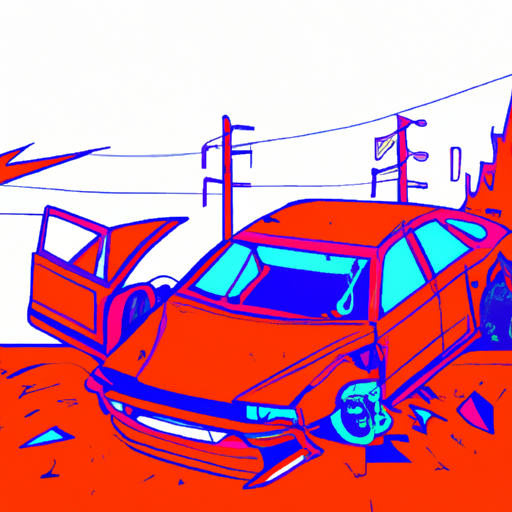A fatal collision involving a Tesla Model 3 in South Lake Tahoe, California, has prompted a federal investigation. The head-on crash with a Subaru Impreza on the evening of July 5 resulted in the death of the Subaru driver and an infant passenger in the Tesla.
This incident is the latest in a series of accidents involving Tesla vehicles that are suspected to have been equipped with automated driving technology, leading to increased scrutiny from the National Highway Traffic Safety Administration (NHTSA).
The agency last sent investigators to a crash in Halifax County, North Carolina, on March 15, where a Tesla Model Y failed to stop for a bus, resulting in the injury of a 17-year-old student.
When the NHTSA dispatches special investigation teams to crash sites, it often indicates suspicion that the involved Teslas were operating systems capable of handling some driving aspects, such as Autopilot and “Full Self-Driving.” Despite the terminology, Tesla maintains these systems are driver-assist features and that drivers should be prepared to take over at any moment.
Since 2016, the NHTSA has dispatched investigative teams to at least 30 crashes involving Teslas suspected of using partially automated driving systems. These crashes have resulted in at least 16 fatalities. These incidents underline the importance of careful consideration and thorough investigation into the safety and reliability of automated driving systems.

